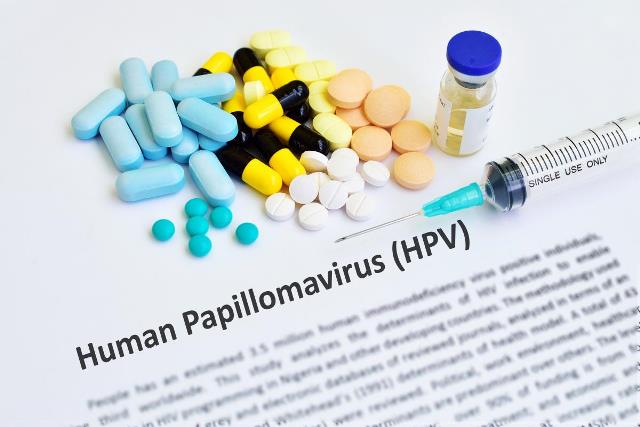A lot of people have heard of HPV and its connection to cervical cancer, but somehow, there are still plenty of misconceptions about this common virus. Some parents or adults in general, even have wrong ideas of HPV that they eventually make the mistake of shrugging it off as just another virus.
Don’t let your loved ones suffer the consequences of HPV infections. Protect yourself and your children from the harmful, long-term effects of this virus by learning what you and your family are really up against.

MYTH 1: HPV is rare
FACT: The virus is so common that about 80% of men and women will contract it during their lifetime. What makes it even more alarming is that most of the people who have HPV don’t even know they have it or have had it.
MYTH 2: It only affects females
FACT: HPV affects both men and women. It can also cause a variety of cancers. Based on studies, 20-24-year-old women are most likely to become infected; while men are most likely to become infected in the ages between 25 and 29.
MYTH 3: You can tell if you have HPV
FACT: Although there are instances when HPV infections produce warts or cauliflower-like lesions in various parts of the body like the mouth, throat or reproductive organs, there are instances when infected areas do not show symptoms. The best way to test if someone has HPV is by conducting a Pap smear, an HPV DNA test or visual inspection of the affected area with acetic acid. These tests verify the presence of the HPV virus and the growth of abnormal cells.
MYTH 4: All HPV infections can clear up on their own
FACT: Only about 80% of HPV types can be cleared out by the body.
MYTH 5: You can’t easily contract HPV
FACT: HPV is very easy to transmit and contract. Intimate skin-to-skin contact is the simplest way to acquire HPV. Research has also confirmed that the virus can be transmitted through fomites or objects that have been exposed to the virus, such as (but not limited to) infected surgical gloves, undergarments, and biopsy forceps.
MYTH 6: There’s only one type of HPV

FACT: Contrary to popular belief, there are actually more than 100 strains of HPV. HPV types 16,18, 31, 33, 35, 39, 45, 51, 52, 56, 58, 59, and 66 are known to cause certain cancers.
MYTH 7: The existing vaccines only work on women and young girls
FACT: There are available HPV vaccines that are indicated for both men and women. Young girls and boys may also get the vaccines. Ask your doctor about these. In fact, since HPV is so easy to transmit, it’s important that both men and women (or ideally, young boys and girls) receive HPV vaccines to guard their health against the harmful effects of HPV.
MYTH 8: You can delay getting vaccinated until you’re older
FACT: Vaccination can start as early as nine years old. The vaccines work better in guarding against HPV and HPV-related cancers and diseases if they are given before exposure to HPV. Please consult your doctor for


3 replies on “Debunking the Myths About HPV”
Thank you for this info po. Ang dami plang type ng hpv..
Thank you for this impormatant explanation about HPV,
Dami palng types ang HIV